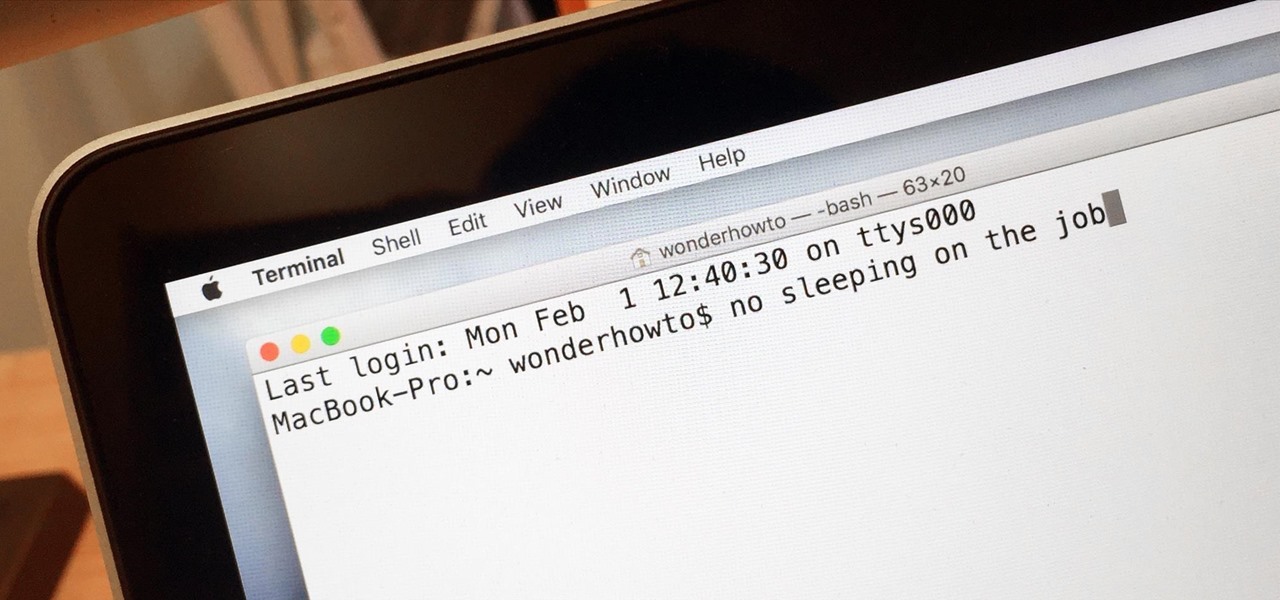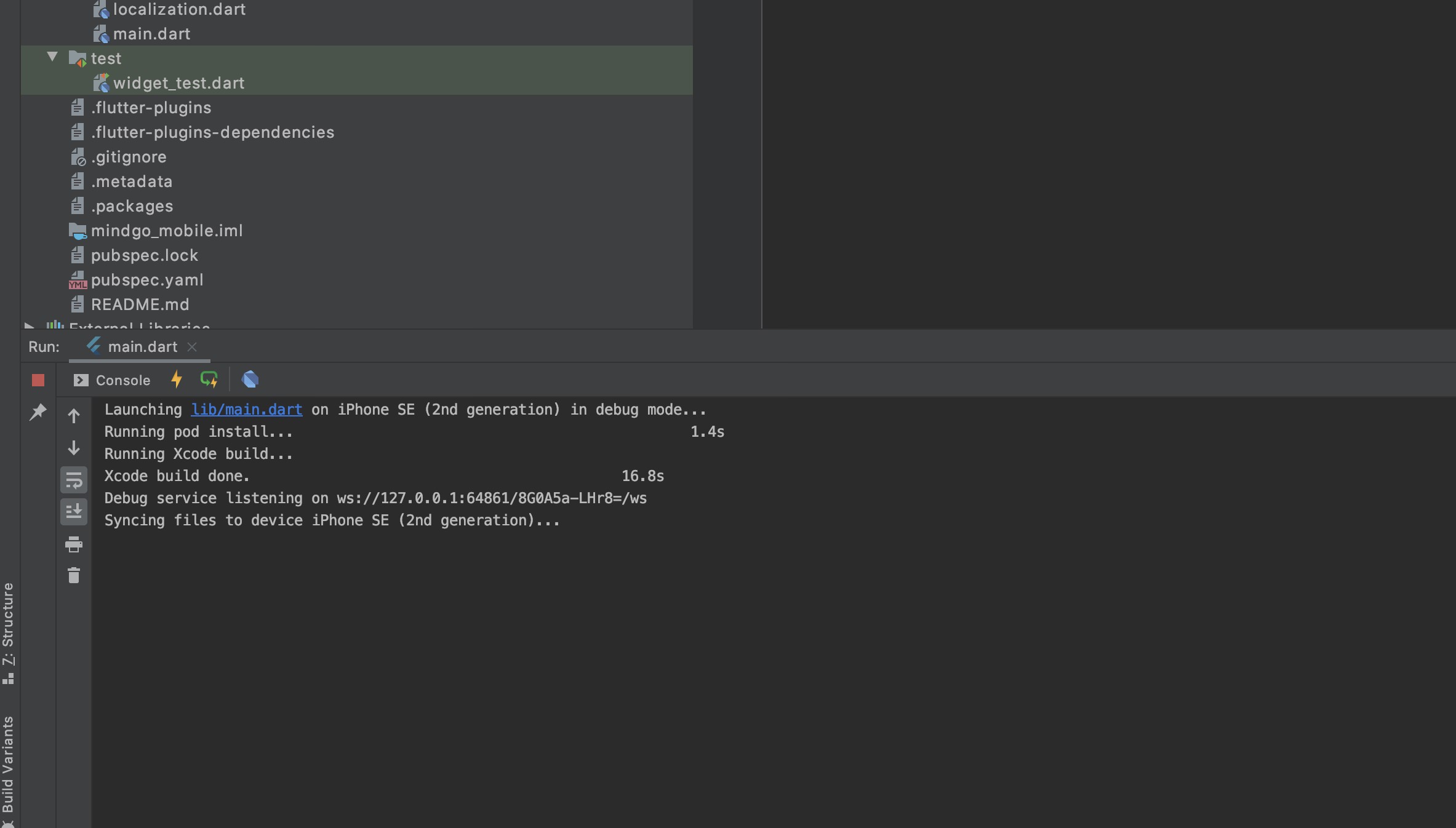Cafe's Command Mac OS
Mac OS X is built to be so user-friendly that anyone can use it, regardless of their level of experience when dealing with computers. However, delve beneath OS X's shimmering surface by launching Terminal and you will find it possible to unlock hidden features, perform advanced tasks, tweak and troubleshoot your Mac. Bash commands 'free like' for Mac OSX. This is the second reissue of this post. At first, I got two -1. One because I was not describing in English, it is corrected. The other because I used gawk (which is not part of a standard OS X installation), it is also corrected, I now use awk. The -2 are still there;-). The best is perhaps now to test.

These key combinations apply only to Mac computers with an Intel processor, not Mac computers with Apple silicon.
Every command is made up of three elements: the command itself, an argument which tells the command what resource it should operate on, and an option that modifies the output. So, for example, to move a file from one folder to another on your Mac, you’d use the move command 'mv' and then type the location of the file you want to move. Mac OSX Server Command-Line Administration For Version 10.3 or Later 034-2454Cvr 10/15/03 11:47 AM Page 1. Using the same examples as elsewhere, here is what the command and the output will look like: $ diskutil mount /dev/disk1s2 Volume OSXDaily on /dev/disk1s2 mounted. This obviously mounts the drive again, and it will also make the mounted volume visible again in the Mac OS X Finder and to GUI-based apps in the various Open or Save dialog boxes.
To use any of these key combinations, press and hold the keys immediately after pressing the power button to turn on your Mac, or after your Mac begins to restart. Keep holding until the described behavior occurs.

Cafe's Command Mac Os X
- Command (⌘)-R: Start up from the built-in macOS Recovery system. Or use Option-Command-R or Shift-Option-Command-R to start up from macOS Recovery over the Internet. macOS Recovery installs different versions of macOS, depending on the key combination you use while starting up. If your Mac is using a firmware password, you're prompted to enter the password.
- Option (⌥) or Alt: Start up to Startup Manager, which allows you to choose other available startup disks or volumes. If your Mac is using a firmware password, you're prompted to enter the password.
- Option-Command-P-R:Reset NVRAM or PRAM. If your Mac is using a firmware password, it ignores this key combination or starts up from macOS Recovery.
- Shift (⇧): Start up in safe mode. Disabled when using a firmware password.
- D: Start up to the Apple Diagnostics utility. Or use Option-Dto start up to this utility over the Internet. Disabled when using a firmware password.
- N: Start up from a NetBoot server, if your Mac supports network startup volumes. To use the default boot image on the server, hold down Option-N instead. Disabled when using a firmware password.
- Command-S: Start up in single-user mode. Disabled in macOS Mojave or later, or when using a firmware password.
- T: Start up in target disk mode. Disabled when using a firmware password.
- Command-V: Start up in verbose mode. Disabled when using a firmware password.
- Eject (⏏) or F12 or mouse button or trackpad button: Eject removable media, such as an optical disc. Disabled when using a firmware password.
If a key combination doesn't work
If a key combination doesn't work at startup, one of these solutions might help:
Mac Os Command Line Commands
- Press and hold all keys in the combination together, not one at a time.
- Shut down your Mac. Then press the power button to turn on your Mac. Then press and hold the keys as your Mac starts up.
- Wait a few seconds before pressing the keys, to give your Mac more time to recognize the keyboard as it starts up. Some keyboards have a light that flashes briefly at startup, indicating that the keyboard is recognized and ready for use.
- If you're using a wireless keyboard, plug it into your Mac, if possible. Or use your built-in keyboard or a wired keyboard. If you're using a keyboard made for a PC, such as a keyboard with a Windows logo, try a keyboard made for Mac.
- If you're using Boot Camp to start up from Microsoft Windows, set Startup Disk preferences to start up from macOS instead. Then shut down or restart and try again.
Remember that some key combinations are disabled when your Mac is using a firmware password.
Mac Command Keys
Learn more
How To Update Mac Os
- Keyboard shortcuts that you can use after your Mac has started up.